-
Posts
988 -
Joined
-
Last visited
-
Days Won
43
Content Type
Profiles
Forums
Events
Gallery
Community Map
Everything posted by MartyNZ
-

Gratuitous Pics of Girls + Guzzi
MartyNZ replied to sign216's topic in Special place for banter and conversation
How about giving a clue, like saying "it could be a country between Belarus and Germany" -
I used black RTV on mine, but as Chuck suggested, permatex is good too. A new seal on the shifter shaft is cheap insurance.
-
I have had success with many different sealants, and think that clean degreased surfaces are most important before using any sealant. Nicks, bows, scratches on the surfaces need a gap filling sealant. Any RTV silicone sealant is good, though not for fuel, with the advantage of black or grey colour matching black or silver casings. Threebond 1200 series is in this group. Hylomar is good too. I recently assembled my sump spacer and oil filter unit without gaskets, using Locktite L515 flange sealant, so that the side stand bolt would fit without slotting the hole. (I had just fitted a home made baffle plate). I have used gaskets dry, and greased on one side, usually with good results. Some sealants are also adhesives, so frequently disturbed parts like rocker covers and sump would be better not glued down. Greased gaskets or hylomar are good there. BTW, putting sealant on o-rings is usually a bad idea.
-
I have a couple of boxes of nitrile o-rings, but no matter what, I still have to go out to the local seal shop for a specific size that I don't have. I stopped being so picky about buying OEM o-rings after a visit to Moto International in Seattle USA. I asked for seals on the fuel injectors. The parts guy grabbed an old injector from their workshop, then pulled the right size seals from an assortment box. Then I realized that Moto Guzzi would use standard sizes where possible to keep the costs down. As for FKM, yes it can be better (but more expensive) in some applications, but since I see nitrile lasting 20 years, a new nitrile seal should last another 20 years.
-
Are you going to rebuild back to standard, or do you have something better in mind?
-
I just read this: Deformed Motorcycle Fuel Tanks (deformedfueltanks.com)
-
-
-
I have thermistors of the right value if that's what you need instead of the whole receptacle/connector unit.
-
True, although there's a more optimistic possibility. Moto Guzzi may wish that old V11s are scrapped, so you can buy their latest model, but if customer demand is sufficient, some aftermarket vendor will organize a fresh production run. We see this with some vintage car parts. And V11 gearbox springs. And Roper plates... Maybe soon Brembo 16mm brake master cylinder kits.
-
I wear a thin cotton balaclava that protects my hearing aids as I take my helmet on or off. The shoei helmet has a ruff at the sides and back of my neck, and a visor that seals well so wind roar is muted. The hearing aid receivers partially block outside noise that doesn't come via the aids, and are set to limit loud noises, so I don't use ear plugs. I probably should have when I was younger.
-
Some previous discussion here: https://www.v11lemans.com/forums/index.php?/topic/22114-front-brake-master-cylinder-rebuild/#comment-254615 You need a 16mm kit, given Phil's comments. And yes, I think a preventative rebuild is a good idea, especially if the fluid has not been changed every 2 years in the past. I found a rusty spring in my clutch MC. I haven't yet rebuild the front brake MC, so should take my own advice.
-
Try these guys: Ducati Brembo 12mm Front Brake / Clutch Master Cylinder REM REC Seal Rebuild Kit 110436292 KTM Aprilia Moto Guzzi (gothamcycles.com) Then search in their website for Ducati Brembo Master. You need to know the diameter (eg 14mm). I presume that you are a "certified brake technician"?
-
Greasing. Inner race of RH outer bearing removed. The grease will protect the crown wheel nose seal area from further rust.
-
Grease nipple NAS501-1 installed. Final hole dia 2.91mm for tight fit on 3.26mm dia nipple. I had to buy a pack of 25 grease nipples, so I have 24 spares to give away.
-
-
-

THE GUZZI !!! HOW MUCH FOR THE GUZZI ?!?
MartyNZ replied to docc's topic in Special place for banter and conversation
@dangerous probably had a moment like that in 2015. When I first began to look at Guzzis, DD offered me some advice. Mostly beer drinking, but there was some gems of wisdom. I asked if he would sell his Nero Corsa to me. He made a choking noise, then a lot of profanity. I took that as a "NO". -
True, and not just Airbus. Completely autonomous cargo planes with no crew have already transited the Atlantic. There is an intermediate step in the development from 2 pilots to 1 pilot. That is a pilot and a dog. The pilot's job is to feed the dog, and the dog is trained to bite the pilot if he tries to touch something. (No disrespect to pilots or weather gods intended.)
-
Yes, many older aircraft designs using cables from the flight deck to the control surfaces had provisions in case there was a mechanical jam or breakage. The aircraft still had to be able to land safely if say the co-pilots cable run jammed. Then there would be an indication that something is wrong, such as the co-pilot not able to move his control column, and the captain using more effort. If there was dual opposing inputs, then a mechanism like a spring cartridge would allow it, but increase the effort for both. This is not unique to the B767, but is not possible on more modern "fly by wire" aircraft.
-
A V85? Well thank goodness. I was worried that you might have gone over to the dark side.
-
I guessing that this is the US$ price for a US gallon. If true, for this side of the pacific, $6US buys 3.76 litres. 1 US$ buys $1.47NZ. So Chuck's calculator pricing is equivalent to about $2.35NZ per litre, delivered to your plane. As for the 44gallon (UK) drum, it is the same size as a 55gallon (US) drum, which is about 200 litres. Brought to you by the South Pacific Metric Education Foundation
-

The Leaders We Need (my new book)
MartyNZ replied to Scud's topic in Special place for banter and conversation
It seems to me that the whole world needs advice on this subject. -
Cheeky bugger. Don't forget that you still owe me a beer. And it's spelled sensor, not sencer, dammit. Youth of today mutter mutter...





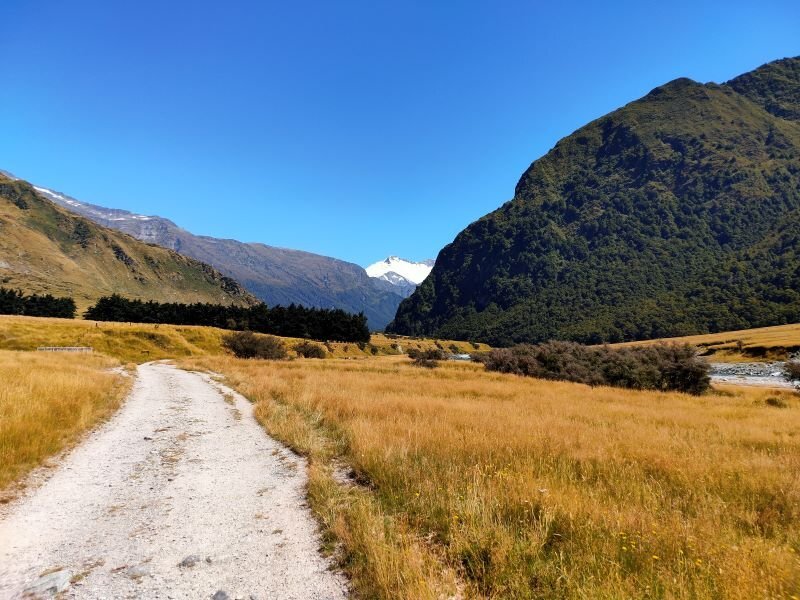
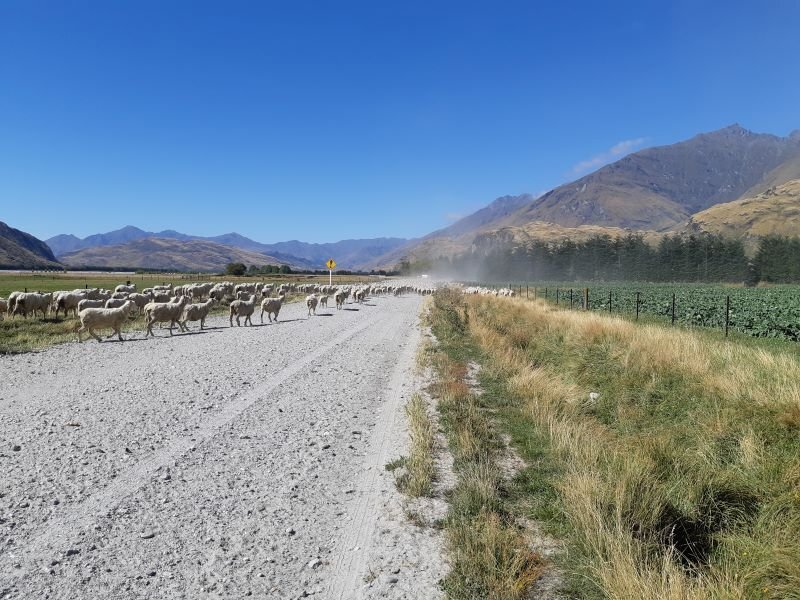
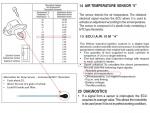
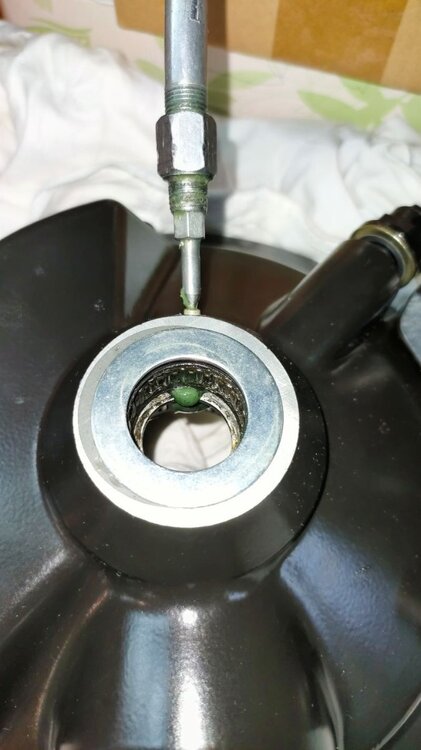
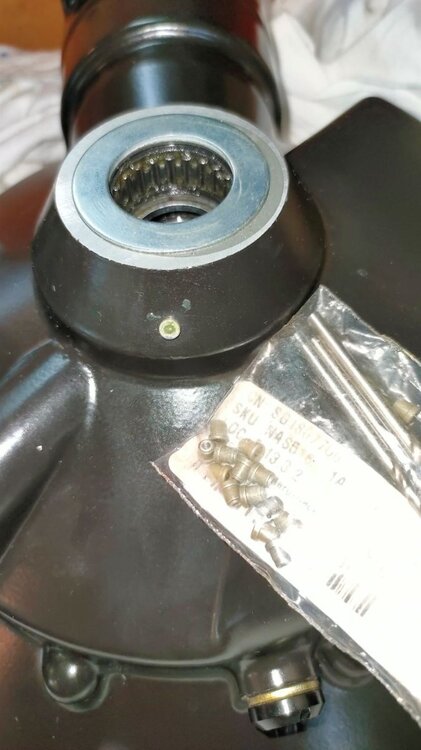
.thumb.jpg.b56a6b3540868dec7b1d7791f9da24e0.jpg)
.jpg.de0d83e792d281f44b9cc1fbc03eb95e.jpg)